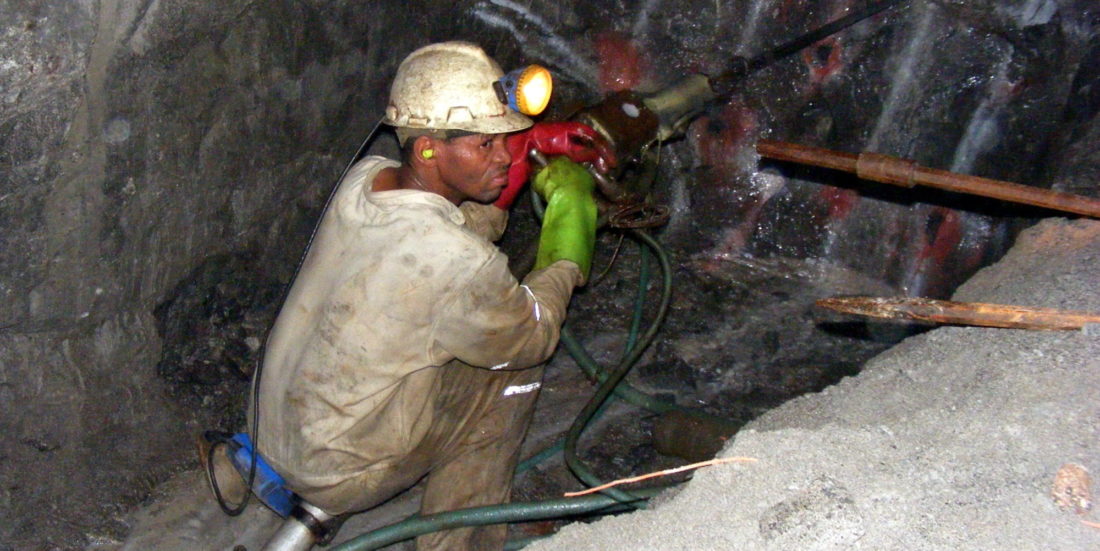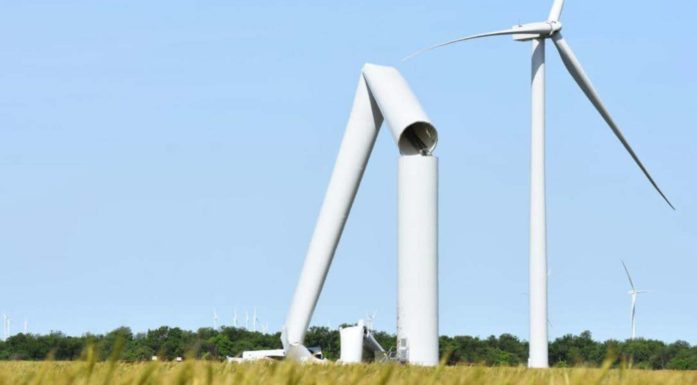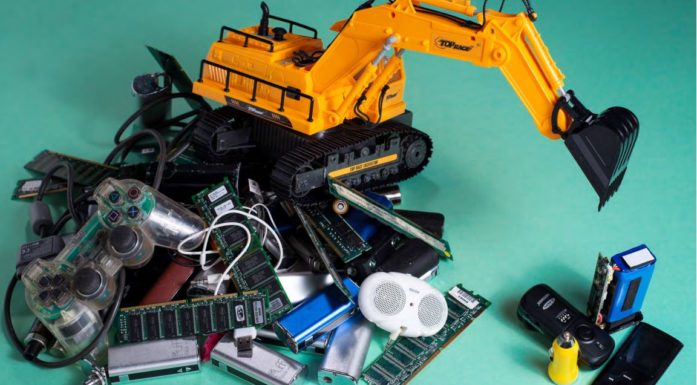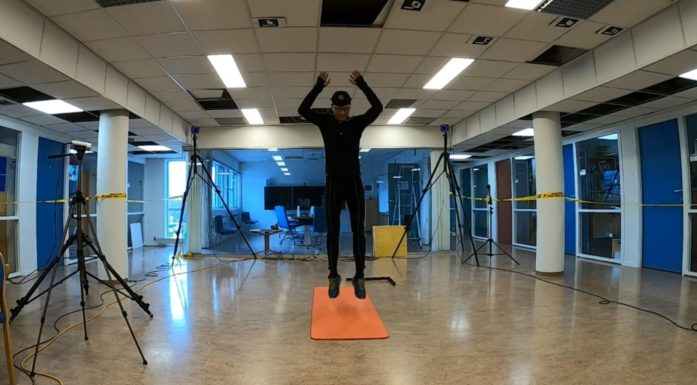Electronic sensor system to prevent mining explosions
A wireless network of sensors aimed at preventing explosions in mines is an innovation of worldwide significance that is being developed by a Norwegian-African cooperative project.
The South Africans want to be able to detect explosive gases in mines – before they explode. This has led to SINTEF, the largest independent research organisation in Scandinavia, and GasSecure, one of its spin-off companies, being awarded a contract in that distant land.
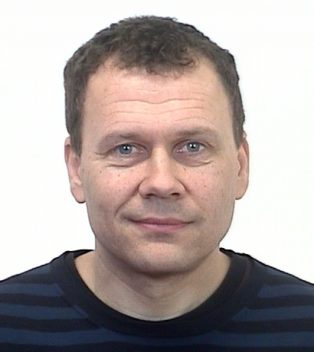
– The collaboration project involves both strengthening local partners and increase safety in an industry that is vital for South Africa’s economy, says SINTEF’s project manager Trond Bakken
In collaboration with South African researchers and industrial scientists, the Norwegian project participants intend to develop a rather unusual communications network, which will wirelessly transmit and receive signals within deep mine workings in which drilling, blasting and excavation are taking place. Mines are extremely inhospitable environments, with high levels of humidity, dirt and dust, not to mention high temperatures.
“In the first instance, the system will be used to gather data that can immediately detect a potential explosion hazard in the mine, enabling mine-workers to rapidly receive a warning of danger. The next objective will be to use the data as a basis for on-demand, and thus energy-saving, ventilation in the mine. Quite simply, we want to develop an integrated on-demand ventilation system for mining operations,” says project manager Trond Bakken of SINTEF Digital.
Norway’s Foreign Affairs Ministry behind the project
If their efforts are successful, the members of the project will also market their results in other countries that operate manned mines. The bilateral project’s budget of NOK 17 million includes outgoings at the test site, an operating mine whose facilities are being provided by the industry. Of the total, MNOK 11 come from the Norwegian Ministry of Foreign Affairs via its Embassy in Pretoria. The remainder is made up of individual contributions contributed by SINTEF and the other project partners.
The work follows in the wake of a pilot project that was carried out in 2012 – 2013. This preliminary effort produced just the answers that everyone involved was hoping for:
- It had already been shown that a gas-sensor from SINTEF spin-off GasSecure, which is based on SINTEF research, can detect leakages of explosive hydrocarbon gases such as methane on board offshore platforms. The pilot project found that the sensor can also operate in mine workings, a capability that will improve safety for workers in the mining industry.
- The pilot project also demonstrated that underground wireless communication is possible even under the challenging conditions that prevail in the mining industry.
Vital air flow measurements
Project manager Bakken says that the current project focuses on two main tasks:
The Norwegian and African participants will collaborate on the development of a sensor to be used in conjunction with the gas sensor. This additional sensor will measure air flow, temperature and humidity in mine workings.
Information regarding air flow in mines at crucial points down a mine can tell the operator whether or not leakages of explosive gas are dangerous. Location information of this sort will reduce the number of gas sensors needed.
The project will also develop the communication system that will link all the sensors into an integrated network.
Gold and diamonds
South African mines mainly produce gold, diamonds and platinum.
“This collaborative project aims both to strengthen local partners and improve safety in an industry that is vital to the South African economy. We also hope that we will succeed in meeting our long-term aim of developing an on-demand ventilation system. If we do, this will bring additional benefits: improved profitability in South Africa’s mining industry, a reduction in energy consumption, and in consequence, less stress on the environment,” says Trond Bakken.
The local project partners include the South African research and development organisation – the Council for Scientific and Industrial Research (CSIR), the University of Pretoria and the manufacturing company Ansys, which makes equipment for the mining industry.
